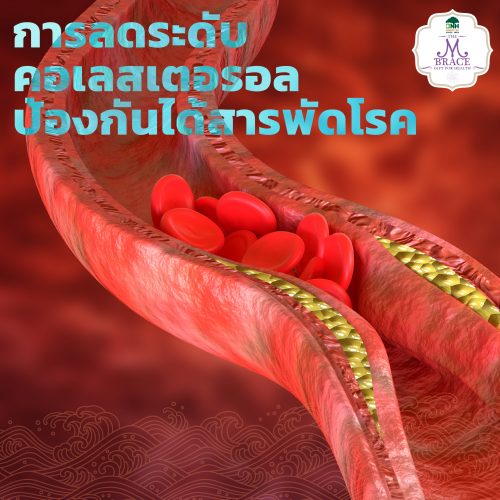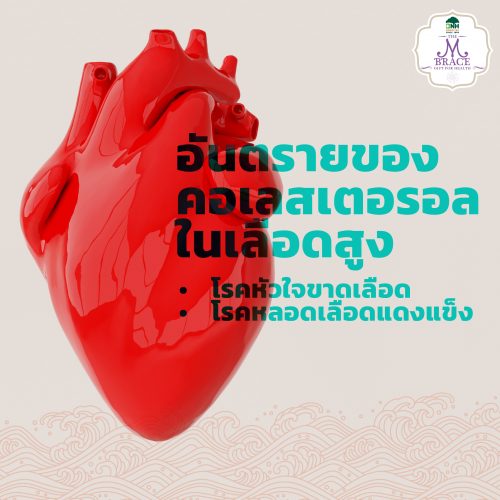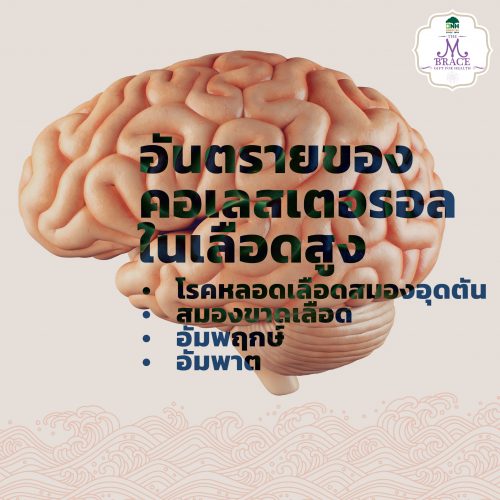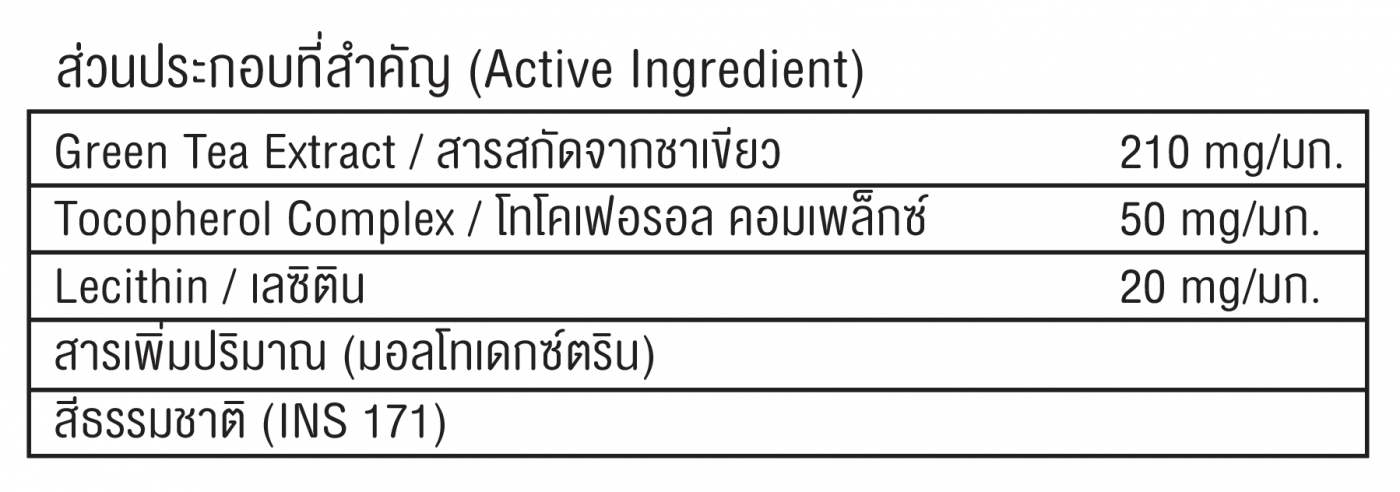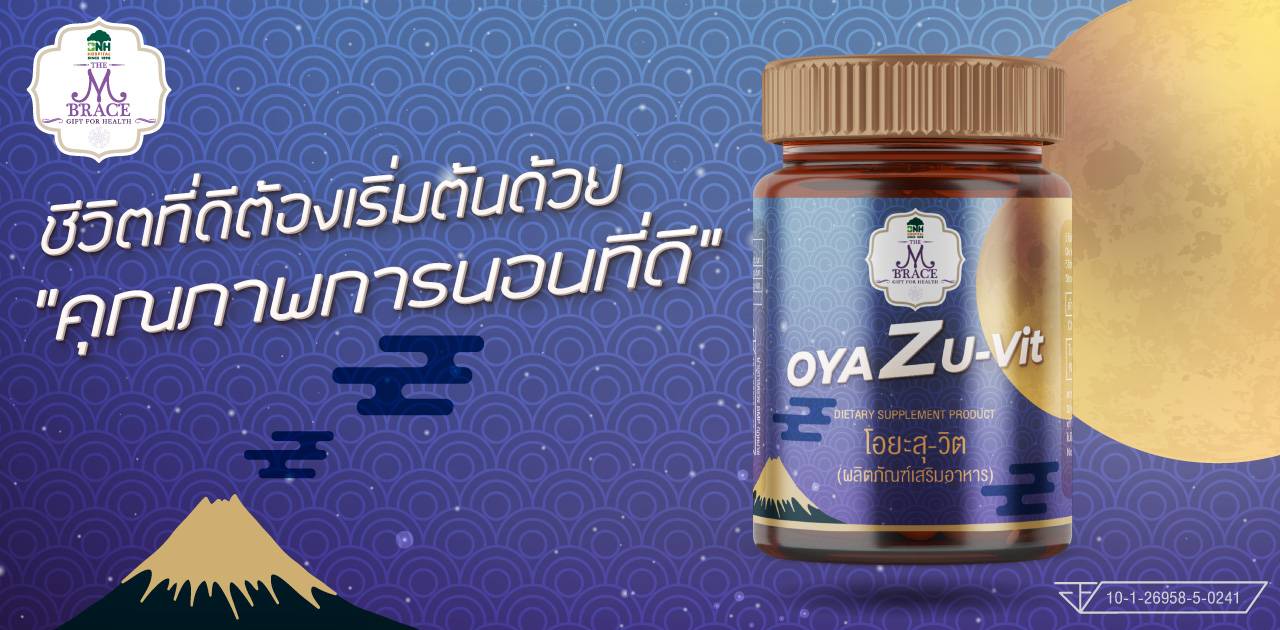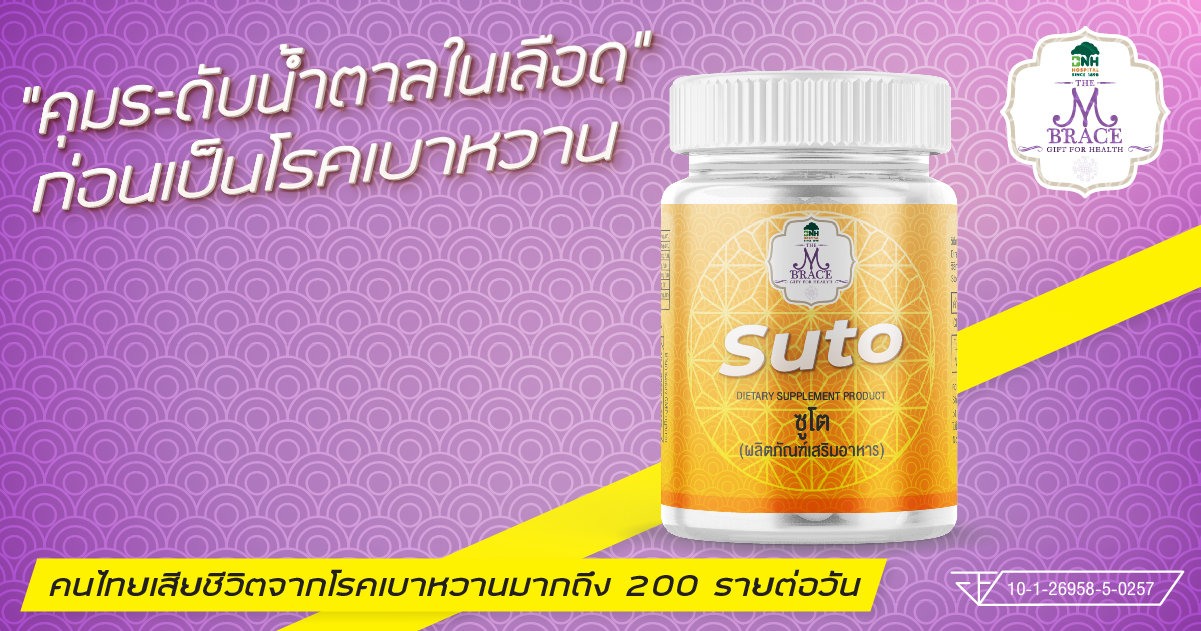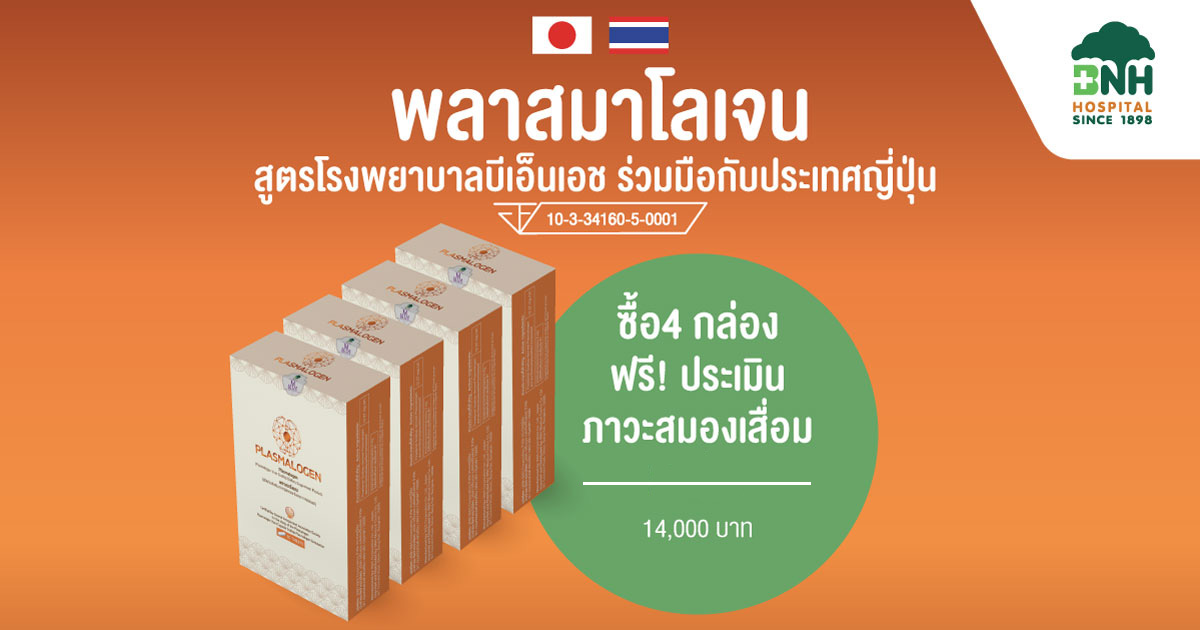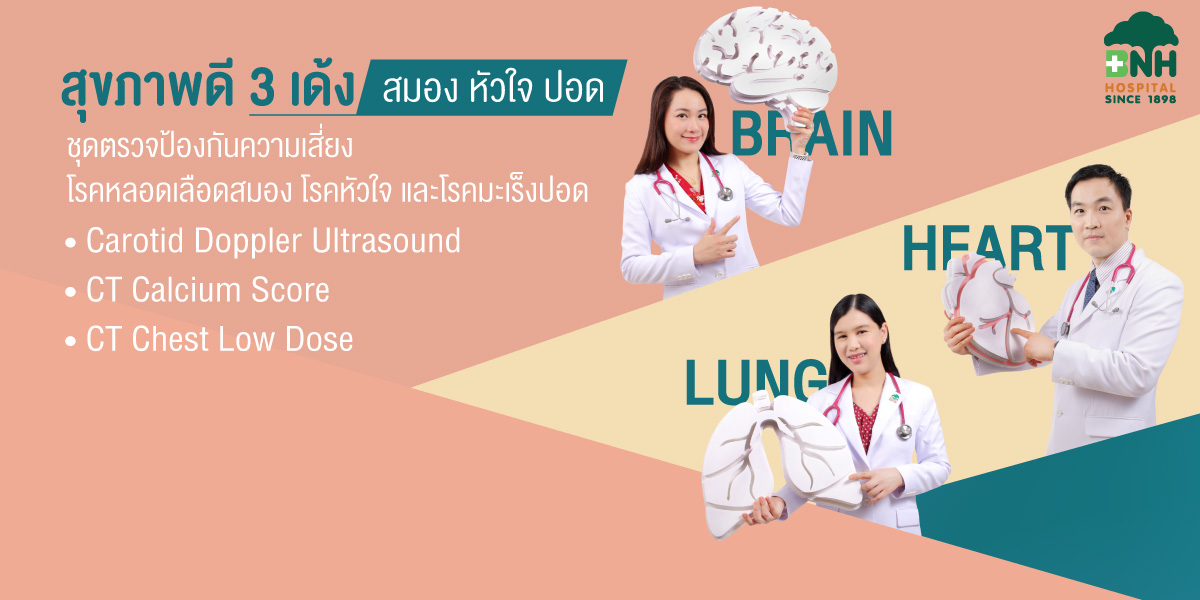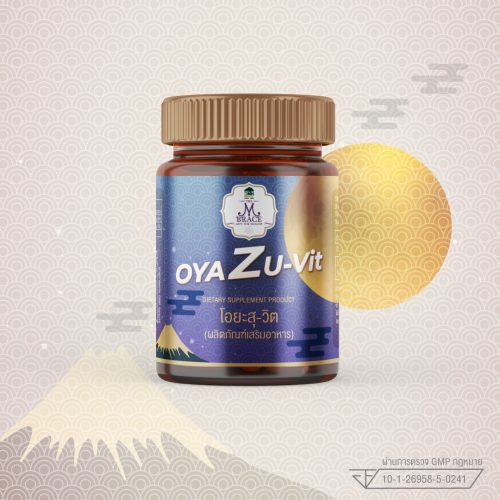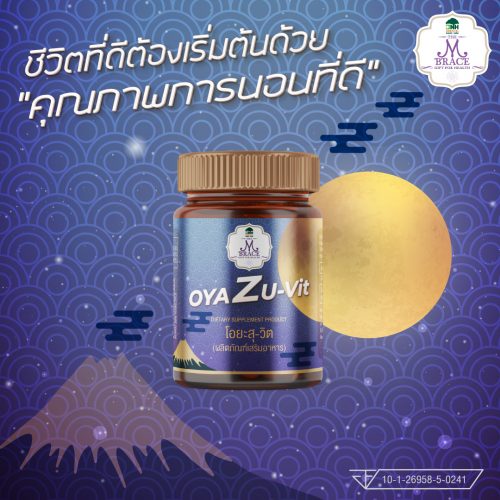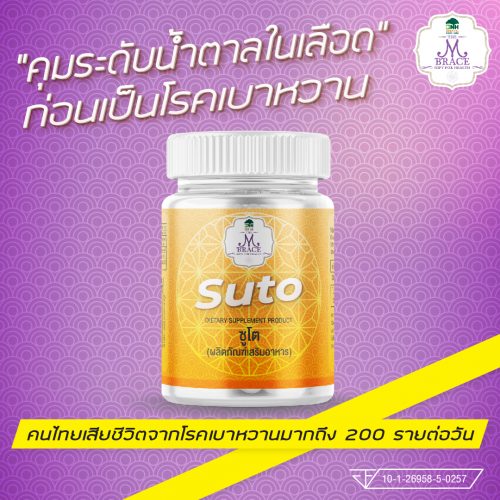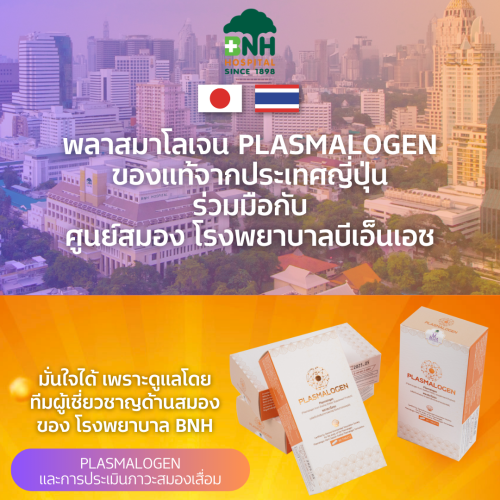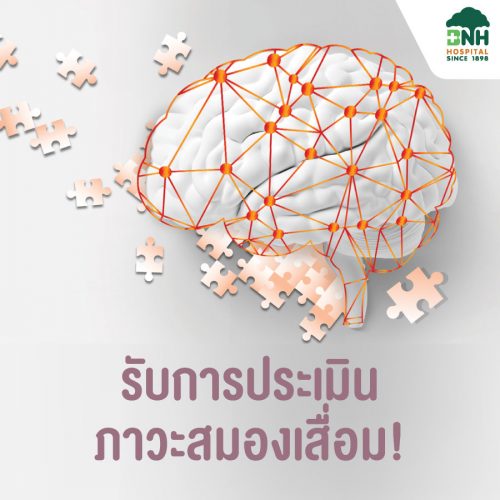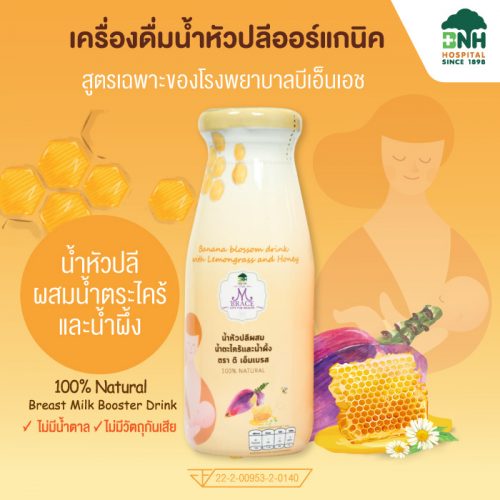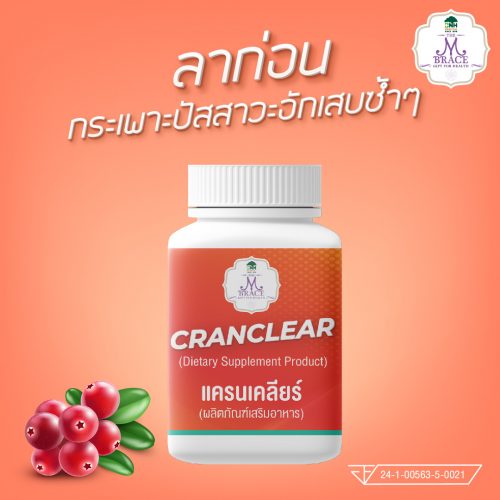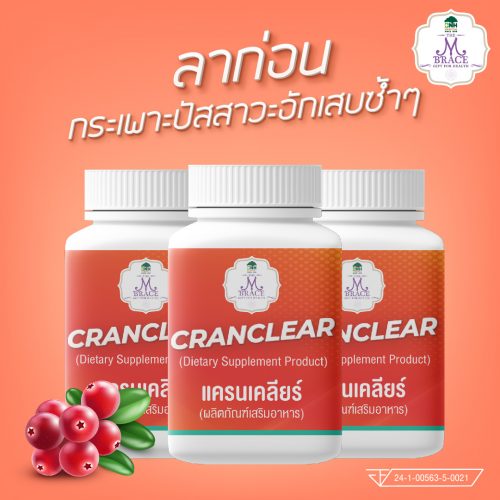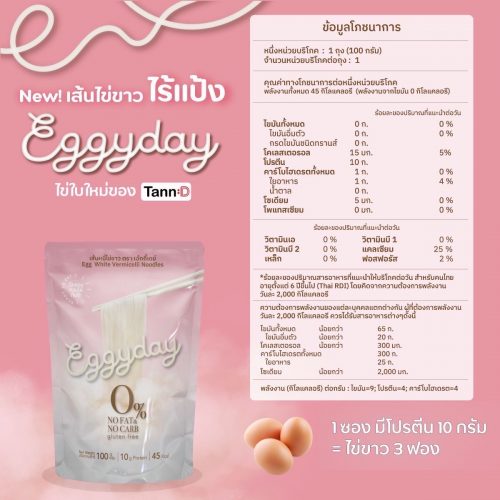- ×
 High Blood Sugar Package 2 × ฿2,790
High Blood Sugar Package 2 × ฿2,790 - ×
 BNH Luxury Postnatal Package Deposit 1 × ฿10,000
BNH Luxury Postnatal Package Deposit 1 × ฿10,000 - ×
 Brain, Lung Examination Package 2 × ฿13,500
Brain, Lung Examination Package 2 × ฿13,500 - ×
 Carotid Doppler Ultrasound Package 2 × ฿7,000
Carotid Doppler Ultrasound Package 2 × ฿7,000 - ×
 Pregnable Multi-Nutrition Supplement 2 × ฿12,000
Pregnable Multi-Nutrition Supplement 2 × ฿12,000 - ×
 Osteoporosis and Osteoarthritis Screening by BNH Hospital 1 × ฿3,090
Osteoporosis and Osteoarthritis Screening by BNH Hospital 1 × ฿3,090 - ×
 2 body check packages: deterioration and vitamin D level check. 1 × ฿2,100
2 body check packages: deterioration and vitamin D level check. 1 × ฿2,100 - ×
 Risetto: For Those Who Are Concerned About High Liver Values 1 × ฿1,320
Risetto: For Those Who Are Concerned About High Liver Values 1 × ฿1,320
CHOLESTEROL

 ไทย
ไทย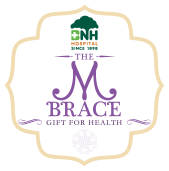
 High Blood Sugar Package
High Blood Sugar Package  BNH Luxury Postnatal Package Deposit
BNH Luxury Postnatal Package Deposit 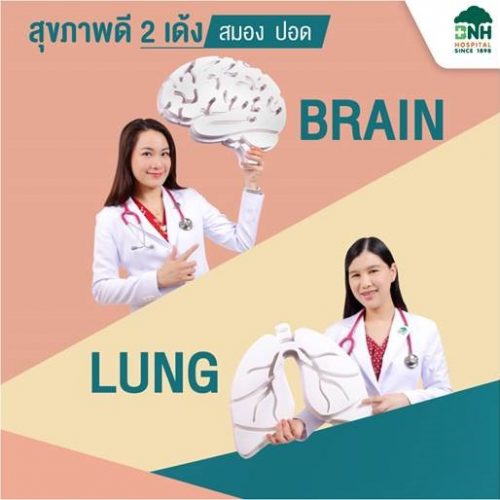 Brain, Lung Examination Package
Brain, Lung Examination Package  Pregnable Multi-Nutrition Supplement
Pregnable Multi-Nutrition Supplement 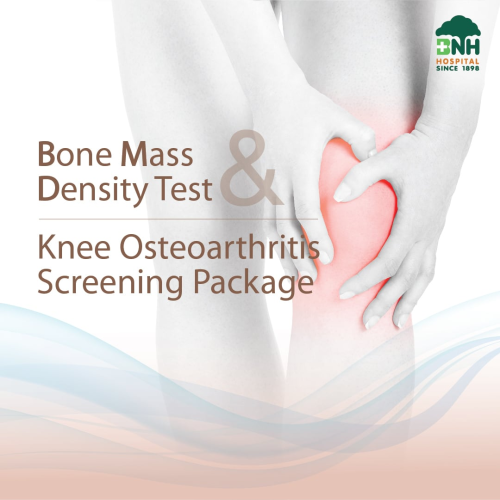 Osteoporosis and Osteoarthritis Screening by BNH Hospital
Osteoporosis and Osteoarthritis Screening by BNH Hospital  2 body check packages: deterioration and vitamin D level check.
2 body check packages: deterioration and vitamin D level check.  Risetto: For Those Who Are Concerned About High Liver Values
Risetto: For Those Who Are Concerned About High Liver Values 

